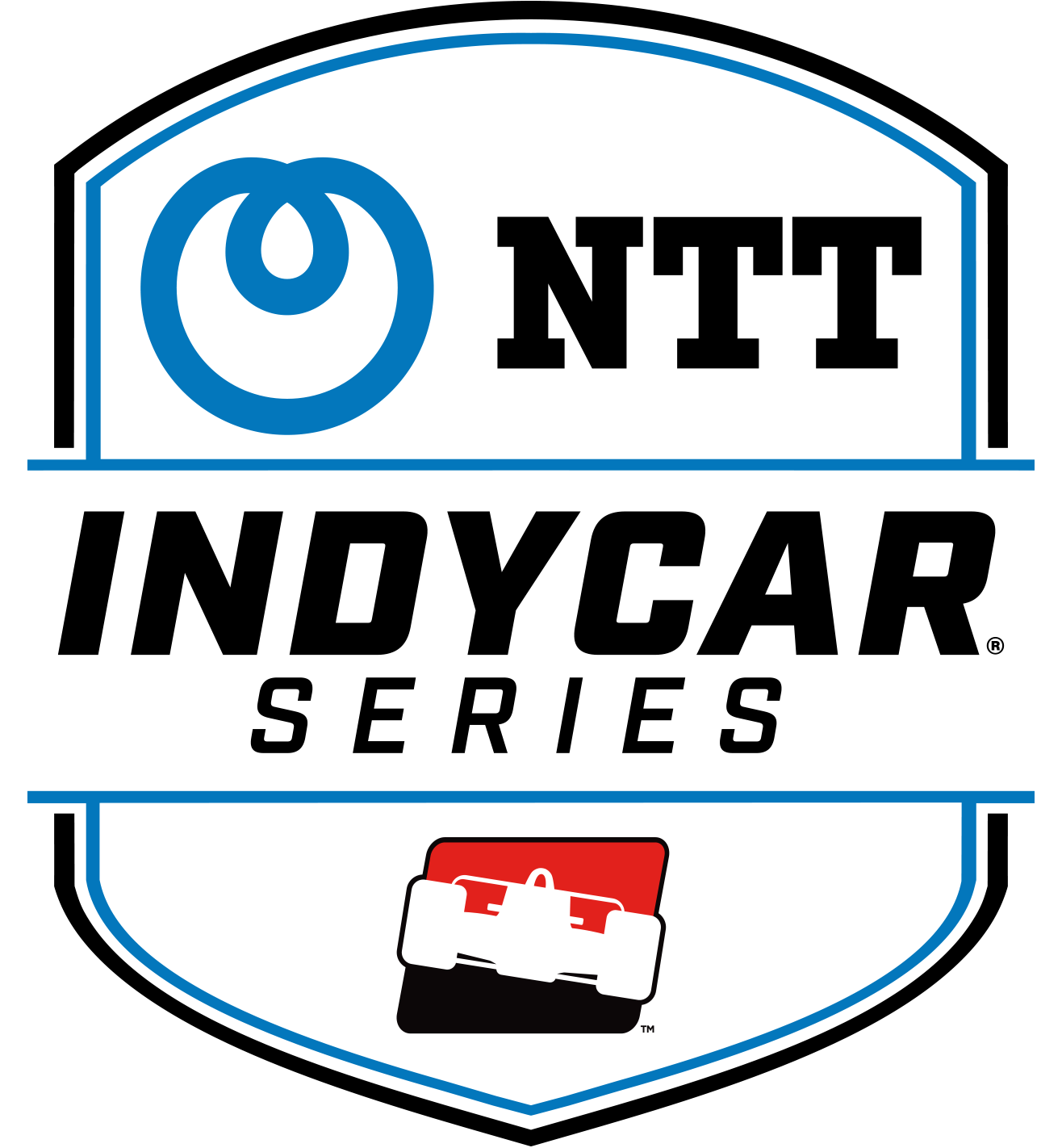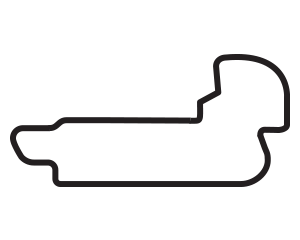Mapping opening race strategy with new car, engines and E85
MAR 21, 2012
The 2.2-liter, turbocharged V-6 engines from Chevrolet, Honda and Lotus are fueled by E85. The fuel capacity is 18.5 U.S. gallons. Horsepower will be about 660 for the Honda Grand Prix of St. Petersburg on the 1.8-mile, 14-turn temporary street circuit.
All three will be factors in how the IZOD IndyCar Series’ season-opening race unwinds.
Click it: St. Pete weekend schedule | Entrant list
Driver performances | Pit assignments
Mike O’Gara of Sarah Fisher Hartman Racing is eager to receive fuel maps and develop a race strategy for rookie driver Josef Newgarden that includes the number of pit stops under green/yellow. A fuel map is derived from the engine control unit receiving input from sensors plotting a specific point on an imaginary graph. The computer is programmed to tell the fuel injectors what to do at that point on the fuel map, and it sends out the appropriate message.
“Usually before a race weekend, we’ll do a tentative race plan as far as number of pit stops, sets of new tires we have to run,” O’Gara said. “We don’t have a good read yet on what type of fuel economy we’ll have from our Honda race engine. We’ll have to adjust our plan throughout the race weekend and potentially our plan will have to be dynamic as far as lean running and how the yellow lap scenarios play out. We got kind of spoiled the last few years because we knew what to expect. We’re starting from scratch so we’ll see how it goes.”
Manufacturers will have developed fuel maps on their dynamometers and likely validate at least one with corresponding teams during the initial one-hour practice session March 23.
“They’ll work with the team to decide how lean they can run and measure what benefit they get on track through simulations,” INDYCAR director of engine development Trevor Knowles noted. “When it comes to the race, the team strategist will tell the driver what map to use depending on whether they’re trying to be the tortious or the hare. Both methods have their opportunities to get it wrong.”
On-track testing last week showed that fuel consumption is markedly better than last year using the Honda 3.5-liter V-8 engine with 100 percent fuel-grade ethanol (98 percent ethanol). The E85 being used this year (85 percent ethanol and 15 percent high-octane racing gasoline) is a contributing factor to strategy (running more gasoline increases the energy content).
Fuel cells last year were 22 U.S. gallons, while a March 15 IZOD IndyCar Series rulebook amendment reduced the fuel cell for 2012 from 19 to 18.5 gallons. INDYCAR vice president of technology Will Phillips said basically teams couldn’t fit 19 gallons into their cars as they’ve checked measurements in the past week.
“Production cars have some blocker panels inside the fuel compartment to stop the tanks from ballooning to areas where they shouldn’t go,” he said. “If a half-gallon difference doesn’t give us a problem in competition, we’ll live with it.
“We check with a certain method the capacity of the car (during technical inspection). A race team fills their car via a different method (using the red head probe). When they use that method, they’ve been unable to get the last two- or three-tenths of a gallon consistently into the car. There is a way of doing that – by holding the probe in a bit longer – but it’s all about speed, and that’s competition.”
Engine basics
Capacity – 2.2 liter maximum
Cylinders – Up to six, all of equal capacity
RPM – 12,000 as restricted by the Engine Control Unit
Horsepower – Between 550 and 700 dependent on type of circuit
Fuel – E85; fuel injection allowed
Fuel capacity – 18.5 U.S. gallons
Oil – Can use only lubricating oil that is readily available to the general public through retail methods
Boost pressure – 155KPa for road courses, 140KPa for short ovals and 130KPa for speedways. Two boost sensors will be fitted and monitored by INDYCAR
Minimum weight – 112.5kg (248 pounds) excluding items such as the clutch, ECU, fluids, turbo charger
Turbocharged – Single or twin featuring water-cooled bearing housing and titanium turbine wheel
Mounting – Common mounting points on bulkhead and gearbox for all three manufacturers
Engine life – 1,850 miles. Each full-season entrant will receive five fresh engines per year
“Push to Pass” – Not to start season
KERS – No
Pop-off valve – No
Traction control -- No
Anti-stall -- Yes
Engine architecture
Bank Angle – V6 engines - between 60 and 90 degrees
Bore – V6 engines - 95mm diameter maximum
Engine length – V6 - 460mm, measured from mounting face to mounting face
Crankshaft height – 100mm above bottom of chassis (lowest point of sump)
One piece crankshaft – homogenous with no additional non-ferrous inserts or bolt-on balance weights
Main bearing minimum dimension – 48mm diameter
Big end journal minimum dimension – 40mm diameter
Connecting rods – Homogenous, no welding or bonding
Piston pin – single piece only
Valve type – Reciprocating circular poppet, return force via coil spring only
Spark plug – One per cylinder otherwise free
Coatings – DLC coatings are not permitted on crankshafts, rods, camshafts, piston skirts or sleeves.
Camshafts – Up to four overhead camshafts permitted (2 per bank)






















